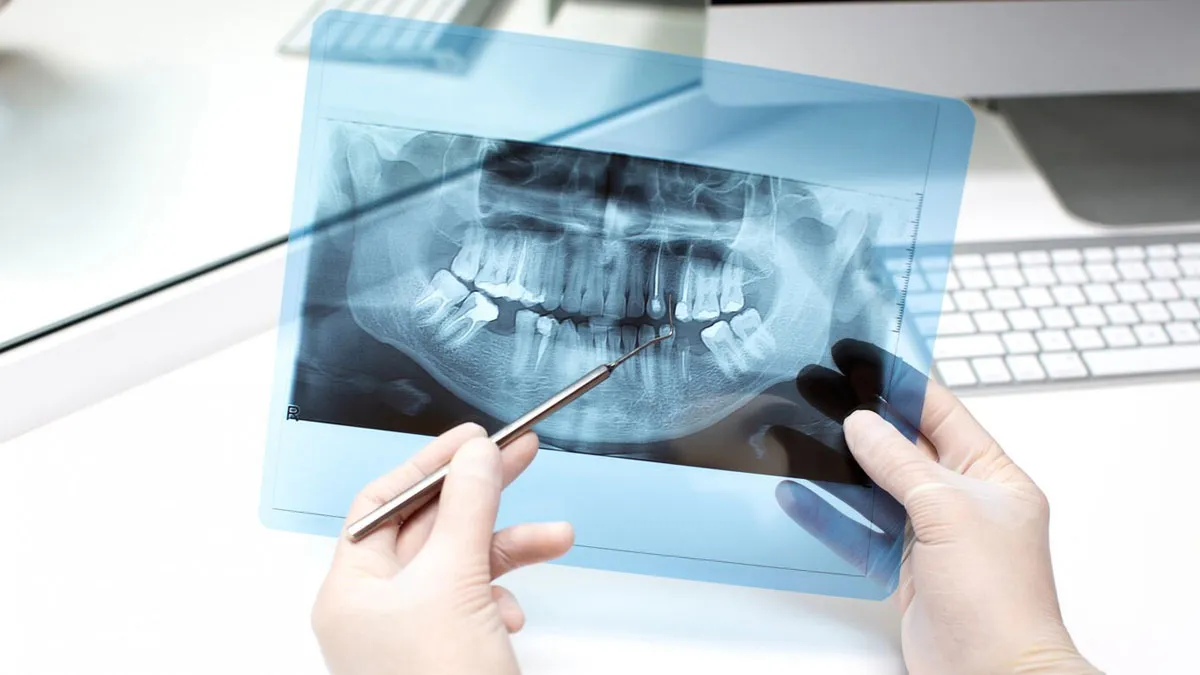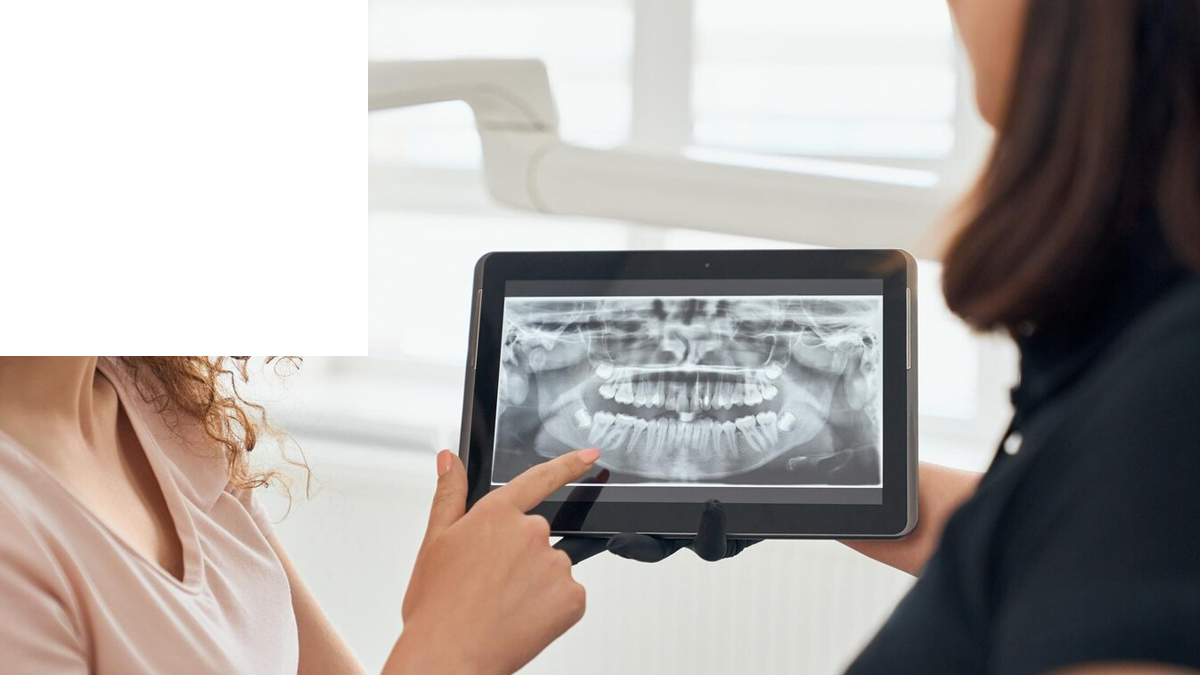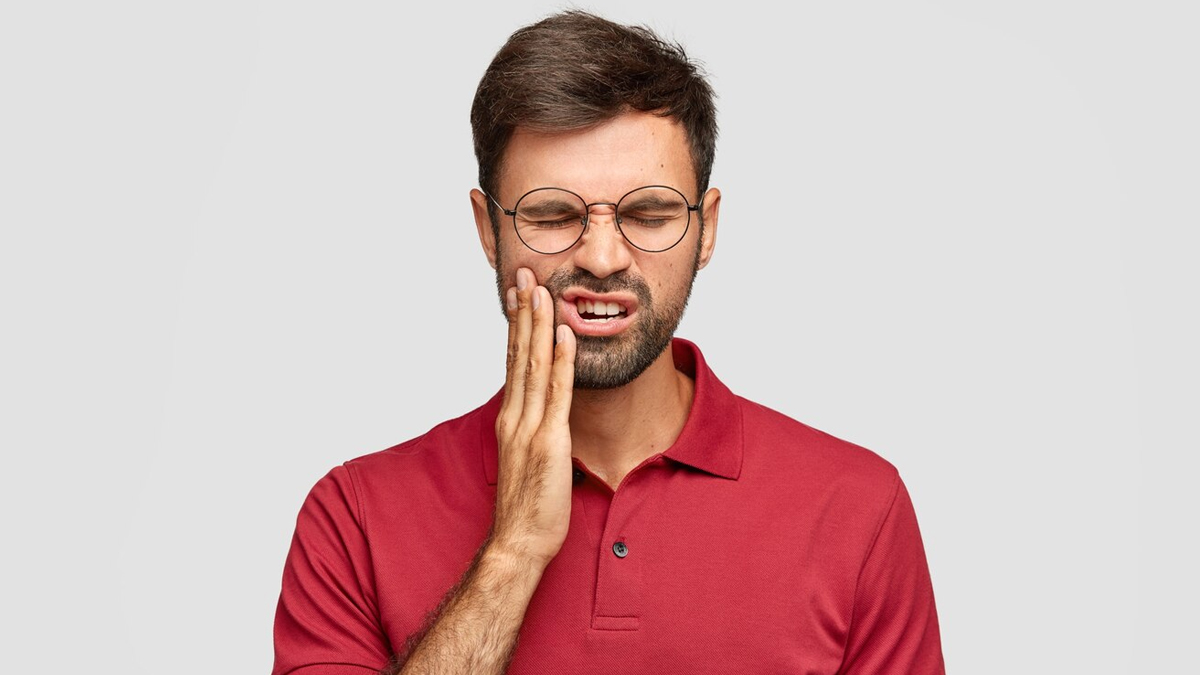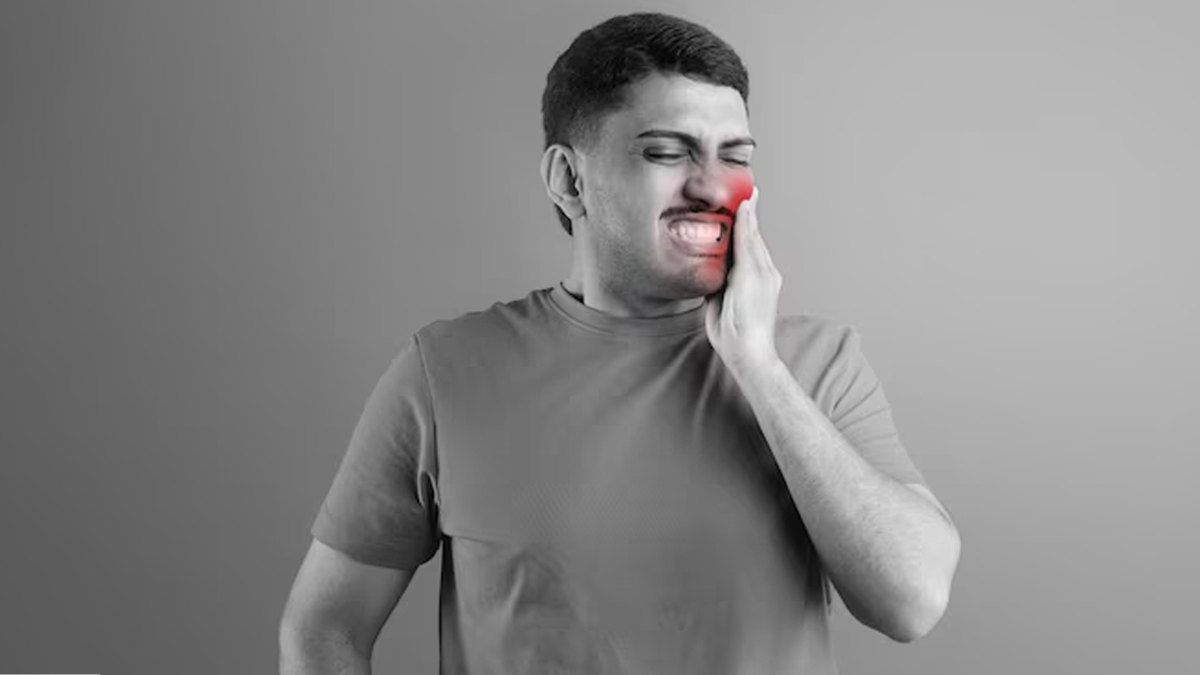
If you're someone who has had dental problems like cavities, gum disease, and other issues like an impacted wisdom tooth, it is likely that you have already had a dental X-ray. Also known as radiographs, dental x-rays help dentists see beyond the visible areas of the teeth and gums. They allow them to detect deep-rooted oral health issues, which require immediate attention. However, some people wonder whether frequent dental X-rays, like other radiation tests, increase cancer risk, and to answer that, the OnlyMyHealth team spoke with leading experts in the field.
Table of Content:-
Also Read: Cancer Prevention And Early Detection Must Be A Priority: FPA India
Role Of Dental X-Rays

Dental X-ray is a diagnostic tool to help medical professionals, particularly dentists, see beyond what is visible to their eye. The tool allows them to see inside the teeth, bones, and surrounding tissues, helping them detect problems like cavities, gum disease, and other issues.
In fact, an X-ray provides a complete view of the oral cavity, including the teeth, jawbone, and surrounding tissues, which helps dentists plan appropriate treatment.
Can Frequent Dental X-Rays Increase Oral Cancer Risk?

X-rays are a type of electromagnetic radiation, like light or radio waves, which are used to create images of the inside of the body. Since the process involves passing X-ray beams through the body, some people hesitate due to concerns about radiation exposure and its potential link to cancer risk.
Research has also highlighted the link between dental X-rays and increased meningioma risk. A study published in the journal Cancer found that people who had bitewing X-rays, used to show the upper and lower teeth in one area of your mouth, were twice as likely to develop meningioma, with higher risks for frequent exposure at any age. On the other hand, panorex X-rays before age 10 were linked to a nearly fivefold risk.
Speaking with the OnlyMyHealth team, Dr Vikas Sethi, Chairperson, Dental Surgery, Sir Gangaram Hospital, New Delhi, shared that dental X-rays use low levels of radiation. "A full-mouth series exposes patients to approximately 32 µSv, equivalent to about four days of natural background radiation. A panoramic X-ray (OPG) exposes patients to around 7 µSv."
For comparison, Dr Sakshi Hinduja, Consultant – Dental Surgery, Aster CMI Hospital, Bengaluru, noted that a chest X-ray emits 0.1 mSv, while we naturally absorb about 3 mSv of radiation annually.
Despite concerns, the benefits of X-rays outweigh the risks. Dr Hinduja emphasised that dental X-rays are important for detecting cavities, infections, and bone issues early, preventing more serious dental problems.
Overall, dental X-rays are both safe and essential for maintaining good oral health.
It is important to know that the primary risk factors for oral cancer are tobacco use (including smoking and smokeless tobacco), heavy alcohol consumption, and exposure to the Human Papillomavirus (HPV).
Also Read: Oral Cavity Cancer: Expert Shares Everything You Need To Know About It
Who Is At Risk?
According to Dr Hinduja, some people are more sensitive to radiation from dental X-rays, though the risk is still very low.
"Children are more vulnerable because their developing tissues absorb radiation more easily. Pregnant women should also take extra precautions, even though dental X-ray exposure is minimal. People who undergo frequent radiation exposure for medical treatments may need to limit additional exposure."
"However, modern dental X-rays use very low doses and protective measures like lead aprons to minimise risks. If you're pregnant or have a medical condition, the dentist can adjust the frequency or use alternative diagnostic methods when possible," the doctor added.
How Often Can People Get Dental X-Rays?

Dr Sethi suggested that dental X-rays should be taken only when necessary for diagnosing dental issues.
Dr Hinduja noted that the frequency of dental X-rays depends on one’s oral health, age, and risk factors. “For most healthy adults, X-rays are recommended every 1-2 years. Children and teenagers may need them more often since their teeth and jaws are still developing. If you have gum disease, frequent cavities, or a history of dental issues, your dentist might suggest more frequent X-rays to monitor changes.”
However, dentists follow strict guidelines to ensure X-rays are only taken when necessary.
Conclusion
While dental X-rays are effective and generally safe, it is important to explore all your options. According to Dr Hinduja, there are safer alternatives to traditional dental X-rays, especially with advancements in technology.
She said, “Digital X-rays are the most common alternative, as they use up to 90% less radiation than traditional film X-rays while providing clearer images. Cone beam CT scans (CBCT) offer detailed 3D imaging with lower doses than medical CT scans, making them useful for complex cases. MRI and ultrasound can sometimes be used for soft tissue evaluation, though they are not standard for dental issues.”
“While traditional X-rays are already very low in radiation, these alternatives offer even safer options,” she concluded.
If you're someone who has had dental problems like cavities, gum disease, and other issues like an impacted wisdom tooth, it is likely that you have already had a dental X-ray. Also known as radiographs, dental x-rays help dentists see beyond the visible areas of the teeth and gums. They allow them to detect deep-rooted oral health issues, which require immediate attention. However, some people wonder whether frequent dental X-rays, like other radiation tests, increase cancer risk, and to answer that, the OnlyMyHealth team spoke with leading experts in the field.
Role Of Dental X-Rays
Dental X-ray is a diagnostic tool to help medical professionals, particularly dentists, see beyond what is visible to their eye. The tool allows them to see inside the teeth, bones, and surrounding tissues, helping them detect problems like cavities, gum disease, and other issues.
In fact, an X-ray provides a complete view of the oral cavity, including the teeth, jawbone, and surrounding tissues, which helps dentists plan appropriate treatment.
Can Frequent Dental X-Rays Increase Oral Cancer Risk?
X-rays are a type of electromagnetic radiation, like light or radio waves, which are used to create images of the inside of the body. Since the process involves passing X-ray beams through the body, some people hesitate due to concerns about radiation exposure and its potential link to cancer risk.
Research has also highlighted the link between dental X-rays and increased meningioma risk. A study published in the journal Cancer found that people who had bitewing X-rays, used to show the upper and lower teeth in one area of your mouth, were twice as likely to develop meningioma, with higher risks for frequent exposure at any age. On the other hand, panorex X-rays before age 10 were linked to a nearly fivefold risk.
Speaking with the OnlyMyHealth team, Dr Vikas Sethi, Chairperson, Dental Surgery, Sir Gangaram Hospital, New Delhi, shared that dental X-rays use low levels of radiation. "A full-mouth series exposes patients to approximately 32 µSv, equivalent to about four days of natural background radiation. A panoramic X-ray (OPG) exposes patients to around 7 µSv."
For comparison, Dr Sakshi Hinduja, Consultant – Dental Surgery, Aster CMI Hospital, Bengaluru, noted that a chest X-ray emits 0.1 mSv, while we naturally absorb about 3 mSv of radiation annually.
Despite concerns, the benefits of X-rays outweigh the risks. Dr Hinduja emphasised that dental X-rays are important for detecting cavities, infections, and bone issues early, preventing more serious dental problems.
Overall, dental X-rays are both safe and essential for maintaining good oral health.
It is important to know that the primary risk factors for oral cancer are tobacco use (including smoking and smokeless tobacco), heavy alcohol consumption, and exposure to the Human Papillomavirus (HPV).
Who Is At Risk?
According to Dr Hinduja, some people are more sensitive to radiation from dental X-rays, though the risk is still very low.
"Children are more vulnerable because their developing tissues absorb radiation more easily. Pregnant women should also take extra precautions, even though dental X-ray exposure is minimal. People who undergo frequent radiation exposure for medical treatments may need to limit additional exposure."
"However, modern dental X-rays use very low doses and protective measures like lead aprons to minimise risks. If you're pregnant or have a medical condition, the dentist can adjust the frequency or use alternative diagnostic methods when possible," the doctor added.
How Often Can People Get Dental X-Rays?
Dr Sethi suggested that dental X-rays should be taken only when necessary for diagnosing dental issues.
Dr Hinduja noted that the frequency of dental X-rays depends on one’s oral health, age, and risk factors. “For most healthy adults, X-rays are recommended every 1-2 years. Children and teenagers may need them more often since their teeth and jaws are still developing. If you have gum disease, frequent cavities, or a history of dental issues, your dentist might suggest more frequent X-rays to monitor changes.”
However, dentists follow strict guidelines to ensure X-rays are only taken when necessary.
Conclusion
While dental X-rays are effective and generally safe, it is important to explore all your options. According to Dr Hinduja, there are safer alternatives to traditional dental X-rays, especially with advancements in technology.
She said, “Digital X-rays are the most common alternative, as they use up to 90% less radiation than traditional film X-rays while providing clearer images. Cone beam CT scans (CBCT) offer detailed 3D imaging with lower doses than medical CT scans, making them useful for complex cases. MRI and ultrasound can sometimes be used for soft tissue evaluation, though they are not standard for dental issues.”
“While traditional X-rays are already very low in radiation, these alternatives offer even safer options,” she concluded.
Also watch this video
How we keep this article up to date:
We work with experts and keep a close eye on the latest in health and wellness. Whenever there is a new research or helpful information, we update our articles with accurate and useful advice.
Current Version
